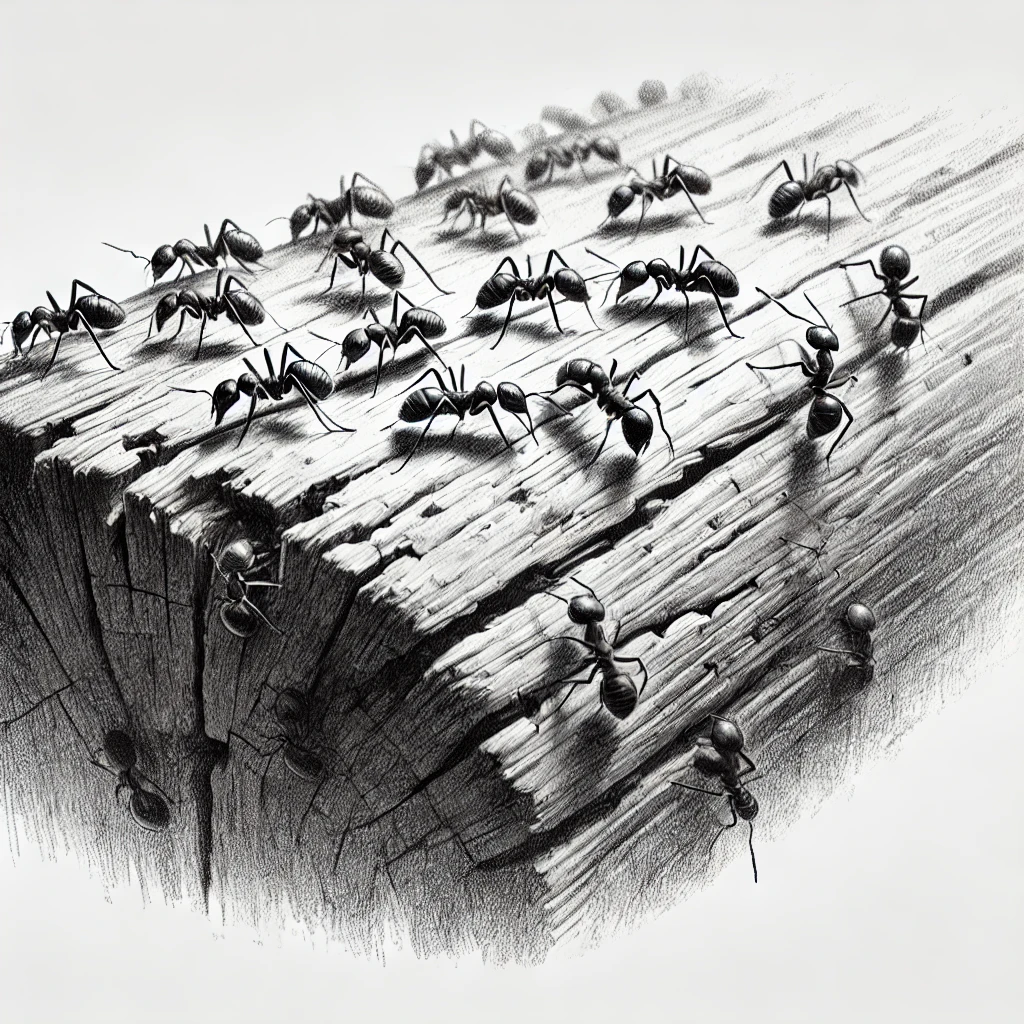Pest Inspections During the Real Estate Transaction Process

A Pest Inspection is an important step in the home-buying process, ensuring that the property is free from wood-destroying insects, rodents, and other infestations that could compromise its structure and value. Some lenders require a pest inspection before approving a Mortgage, while in other cases, buyers may request one as part of their due diligence. Sellers may also benefit from a pre-listing pest inspection to avoid last-minute surprises.
This article explores the pest inspection process, what inspectors look for, how results can impact negotiations, and when pest-related repairs are required.
1. What Is a Pest Inspection and Why Is It Important?
A pest inspection is a professional evaluation of a home’s interior, exterior, and Foundation to check for signs of Infestation and damage caused by pests. Unlike a general Home Inspection, which evaluates a home’s structure and mechanical systems, a pest inspection focuses specifically on wood-destroying organisms and other invasive pests.
Why Pest Inspections Matter
Benefit | Why It’s Important |
|---|---|
Protects Buyers | Ensures the home is free of Termites, carpenter Ants, and other pests. |
Required by Some Lenders | FHA, VA, and USDA loans often require a pest inspection before mortgage approval. |
Affects Property Value | Undetected infestations can lower resale value and lead to expensive repairs. |
Helps Sellers Avoid Deal Breakers | Sellers can fix pest issues before listing the home. |
More info: Pest Inspection Guide - National Pest Management Association

2. When Does a Pest Inspection Take Place?
Pest inspections typically occur during the due diligence period after an offer is accepted. However, sellers may opt for a pre-listing pest inspection to identify and resolve issues before putting their home on the market.
Steps in the Pest Inspection Process
Hire a Licensed Pest Inspector – The buyer or seller selects an inspector to evaluate the home.
Conduct the Inspection – The inspector examines the interior, exterior, and crawl spaces.
Receive the Pest Report – A report details findings and necessary treatments.
Negotiate Repairs or Credits – Buyers may request that the seller cover treatment costs.
Clearance Certificate Issued – If required by the lender, a pest clearance certificate must be provided before closing.
More info: Understanding Pest Inspections - U.S. Department of Housing and Urban Development

3. What Do Pest Inspectors Look For?
Pest inspectors focus on wood-destroying organisms (WDOs) and other pests that could affect the home’s integrity.
Common Pests and Inspection Focus Areas
Pest Type | Potential Damage |
Termites | Eat wood, weaken structures, cause extensive repair costs. |
Carpenter Ants | Hollow out wood, weakening beams and walls. |
Powderpost Beetles | Lay eggs in wood, causing slow, hidden damage. |
Rodents (Mice & Rats) | Chew electrical wiring, cause fire hazards, and spread disease. |
Cockroaches & Other Pests | Indicate sanitation issues, potential structural concerns. |
Areas of the Home Inspected
Foundation & Crawl Spaces – Checking for moisture and termite tunnels.
Exterior Walls & Roofing – Looking for visible damage or soft spots.
Wooden Structures – Decks, porches, window frames, and wooden beams.
Basements & Attics – Inspecting for droppings, nests, or gnawed wiring.
More info: Common Household Pests & How to Prevent Them - EPA
4. How Pest Inspections Impact Real Estate Transactions
The results of a pest inspection can influence negotiations between buyers and sellers. In some cases, lenders require pest-related repairs before approving a loan.
If a Pest Problem Is Found
Issue Found | Possible Solutions |
Active Termite Infestation | Seller may pay for termite treatment and provide a clearance certificate. |
Structural Damage from Pests | Buyers may request price reductions or seller-funded repairs. |
Minor Pest Issues (ants, rodents, etc.) | May be resolved with standard pest control services. |
No Evidence of Pests | The sale proceeds without pest-related contingencies. |
More info: Selling a Home with Termite Damage - National Association of Realtors
5. Mortgage Lenders and Pest Inspections
Some mortgage lenders require pest inspections and clearance certificates before approving a home loan. This is particularly common for government-backed loans.
Lender Requirements for Pest Inspections
Loan Type | Inspection Requirement? |
Conventional Loan | Typically not required, unless stated in the contract. |
FHA Loan | Required if the home is in a high-risk termite zone. |
VA Loan | Mandatory in most states; seller usually covers the cost. |
USDA Loan | Required in rural areas where pest risks are higher. |
More info: VA Loan Pest Inspection Guidelines - U.S. Department of Veterans Affairs
6. Who Pays for the Pest Inspection?
Buyer vs. Seller Responsibility
Scenario | Who Pays? |
Buyer Requested Inspection | Buyer typically covers the cost. |
Seller Pre-Listing Inspection | Seller pays to identify issues before listing. |
Lender-Required Inspection | The party responsible depends on the loan type. |
Seller Agrees to Repairs | Seller usually covers treatment and repair costs. |
Most pest inspections cost between $75-$300, depending on location and property size.
7. Preventing Pest Issues Before Selling
Sellers can avoid deal-breaking pest issues by taking preventative measures before listing the home.
Tips to Prevent Pest Problems
Schedule a Pre-Listing Pest Inspection – Fix minor issues early.
Keep Wood & Debris Away from the Home – Reduces termite risk.
Fix Leaks & Moisture Issues – Damp wood attracts pests.
Seal Cracks & Openings – Prevents rodents and insects from entering.
More info: Preventative Pest Control Tips - National Pest Management Association
Wrap Up
A pest inspection is an essential step in buying or selling a home, ensuring there are no hidden infestations or structural risks. Whether required by lenders, requested by buyers, or done proactively by sellers, pest inspections provide valuable insight into a home’s condition.
Key Takeaways
Pest inspections identify termites, rodents, and wood-destroying insects.
Mortgage lenders may require pest clearance before loan approval.
Buyers can negotiate repairs or price reductions based on findings.
Sellers can benefit from pre-listing pest inspections to avoid surprises.
Preventative pest control can improve a home’s value and marketability.
By understanding the pest inspection process, buyers and sellers can navigate real estate transactions with confidence and avoid costly surprises.